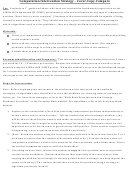Phonics Intervention Strategy - Sound (Elkonin) Boxes
ADVERTISEMENT
Phonics Intervention Strategy - Sound (Elkonin) Boxes
For: Students in Grade 1 and above who are having difficulty hearing the individual sounds
(phonemes) in words and writing the corresponding letters to make the words. These students
may score below benchmark in AIMSweb Letter Sound Fluency, Phoneme Segmentation Fluency,
Nonsense Word Fluency, R-CBM, or another phonics assessment (i.e. CORE Phonics) or Spelling
Inventory.
Materials: laminated sound box mats (see attached—cut apart on the dotted line), dry erase
markers, eraser (or the attached sound box worksheets may be used)
Recommended Duration and Frequency: This intervention should be conducted at least 3 times
per week for 10 – 15 minutes per session. Students should advance to the next word list when s/he
can write the letters in sound boxes to correctly spell words a variety of words on a list with 95%
accuracy overall for at least 3 consecutive days. Monitor the student’s progress once a week or
twice monthly using the AIMSweb Nonsense Word Fluency or R-CBM. When the child’s score is at
the benchmark/target for 3 consecutive monitors and teacher observation confirms the skill has
been transferred to classroom work, the intervention may be discontinued.
Steps for Intervention:
1. Select an appropriate word list to use with the student. The lists get progressively harder, so
choose one based on the student’s beginning skill level for this task. (See attached for word
lists.) You do not need to teach words in the order they are listed, but make sure the student
experiences a wide variety of words from the list you are using.
2. Give each student a laminated Sound Box Mat (attached) that is appropriate for the list being
used, a dry erase marker, and an eraser (or use the attached sound box worksheets). If you
are starting with 2-phoneme words, use the 2-box mat or the 2-box worksheet, etc.
3. Pronounce a word from your list slowly. Each sound should be stretched so the student
hears the individual sounds (i.e. sssssssss-oooooooo).
4. Have the student repeat the word, counting on his/her fingers the number of sounds s/he
hears in the word. If needed, use your fingers to count the sounds for the student.
5. Have the student repeat the word again, phoneme by phoneme, and write the letter
corresponding to each phoneme heard in a box from left to right. (You may demonstrate the
writing of letters in boxes for a couple words, if the child doesn’t understand.)
6. Record student’s progress on the attached sheet by listing a percentage of words boxed
correctly. A word is boxed correctly when the student can spell a word correctly without
help, placing one letter (or letter combination) representing a phoneme in each box.
7. When a student has achieved at least 95% accuracy for at least 3 consecutive days on a
variety of words (a mixture of vowels or vowel combinations) from one list, begin working
on the next word list.
Sample:
Example: “duck” - /d/, /u/, /k/
d
u
ck
ADVERTISEMENT
0 votes
Related Articles
Related forms
Related Categories
Parent category: Education
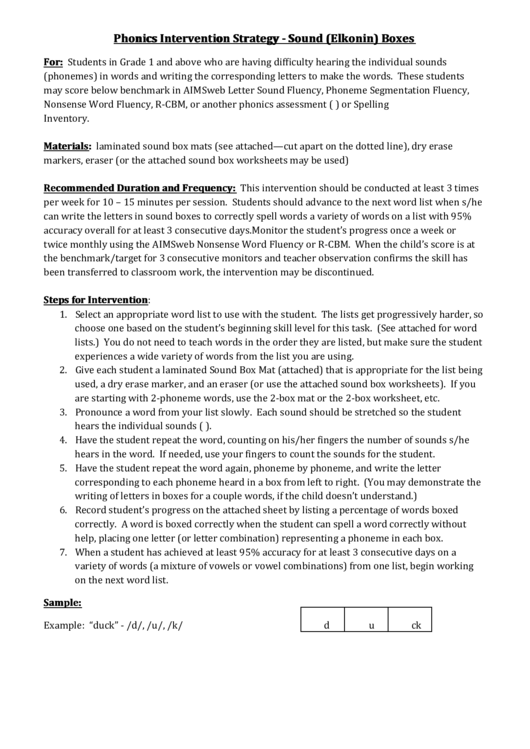 1
1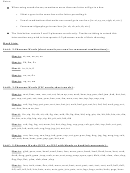 2
2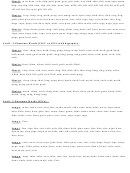 3
3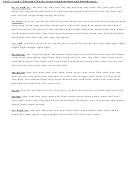 4
4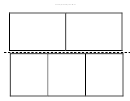 5
5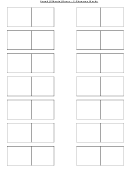 6
6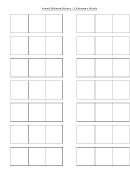 7
7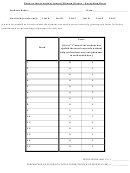 8
8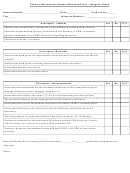 9
9